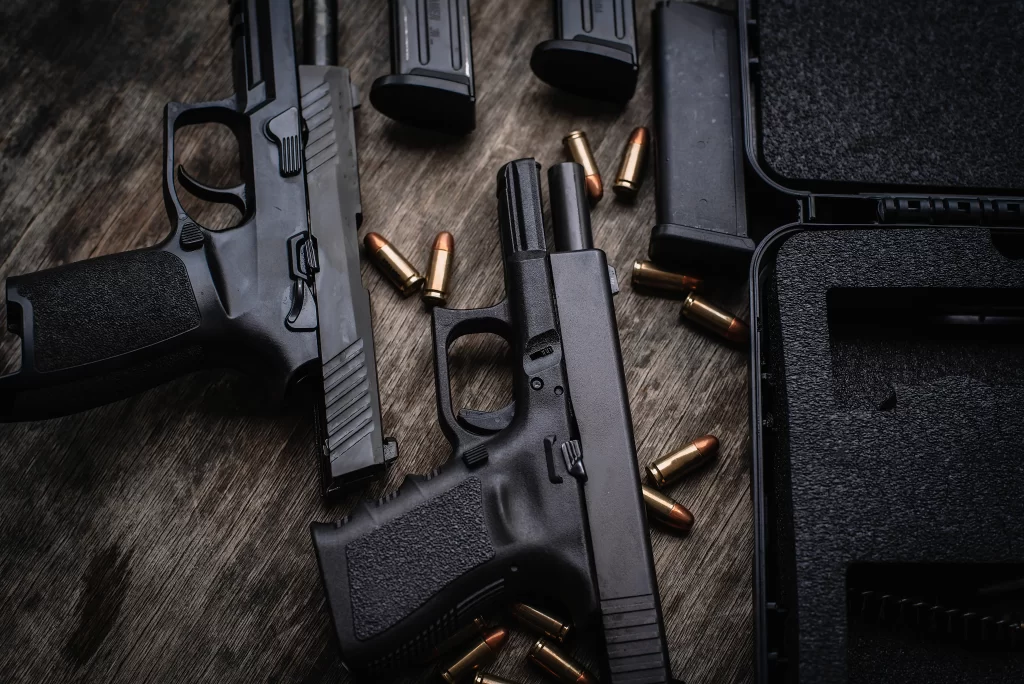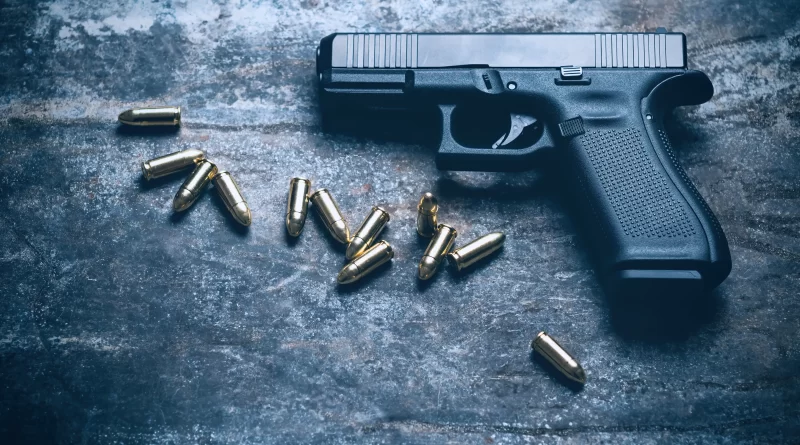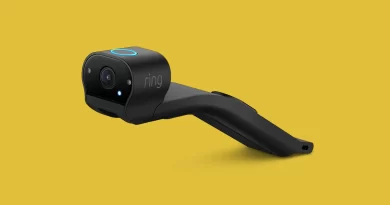Unique Features of a HandGun – Everything You Need to Know
Table of Contents
Handguns are a versatile weapon used for self-defense and various shooting sports. Understanding the unique features of a handgun is critical to responsible ownership and handling.
The barrel of a handgun contains rifling — spiral grooves that influence the accuracy of a fired bullet. A handgun also includes a firing mechanism and the firing pin, a hardened pin that strikes the cartridge primer to ignite the powder and propel the bullet.
Barrel and Muzzle
The barrel is the metal tube through which a bullet travels. It starts in the chamber and ends at the muzzle (the business end of a gun). Most modern firearms have bores with spiral grooves, called rifling, machined into them. The rifling imparts spin on the projectile and gyroscopically stabilizes it during flight, improving accuracy.
A handgun’s barrel can also be ported to redirect escaping propellant gases downward, significantly reducing its muzzle flash and recoil. This is especially common in revolvers. However, it can be done with semi-automatic guns as well. This innovative feature opens up possibilities for further customization, like affixing a suppressor or compensator.
Frame
The frame is a part of the weapon that contains the mechanisms to load, fire, and eject a cartridge. It is the part that separates Sig Sauer handguns for sale from other types of firearms that have stocks.
Pistols are primarily weapons used in close-quarters fighting instead of rifles intended for long-range targets. They are often called sidearms because professionals carry them on their sides, typically in a holster.
A ventilated rib is a raised surface on the barrel that prevents random objects, such as fingers, from touching the trigger. It also helps to cool the barrel and provides a straight-sighting plane for shooters.

Grips
Handguns use different grip styles and materials to improve comfort and control. Many come with removable or interchangeable grips for shooter hand sizes and preferences. They may have built-in or removable sling mounts and accessory rails.
Straight thumbs grip has the thumbs of both hands on the backstrap, with the shooting hand thumb resting in the crook of the other finger. The grip should be tight with no gaps, as any gap will give recoil a path to travel.
Magazine of HandGun
A magazine holds cartridges in a firearm and guides them toward the chamber when the trigger is pulled. These can range from integral tubular magazines on lever-action rifles and shotguns holding a few rounds to detachable box magazines for pistols, drum magazines for automatic rifles, or light machine guns that may hold more than fifty rounds.
The base plate on the bottom of a magazine sits against the spring and pushes the follower, pushing the cartridges up into the feed lips at the top of the magazine. Knowing how to remove the base plate and spring from your magazine for cleaning is integral to gun ownership.
Trigger
The trigger is the mechanism that actuates the hand gun’s discharge mechanism. It can be a significant factor in the gun’s accuracy and is often overlooked. This can lead to inconsistent results.
Some handguns use a striker action instead of a hammer and firing pin. Striker-fired triggers do not have a cocking function. However, they still have the same movement characteristics of a traditional hammer and firing pin gun.
Safety
Various safety features on handguns prevent them from firing until the proper button is pushed or released. These can include internal mechanisms like a drop safety, de-cocker, or trigger disconnect. Handguns also have external safeties, including thumb safety or slide lock.
Most striker-fired handguns have a drop safety that keeps the trigger bar extension and striker block apart until the trigger is pulled. Other handguns may be double action (DA), where the cycle of the slide fully cocks the striker before releasing it. This is typically done by using a decocker. These safety features are meant to prevent accidental discharges.



